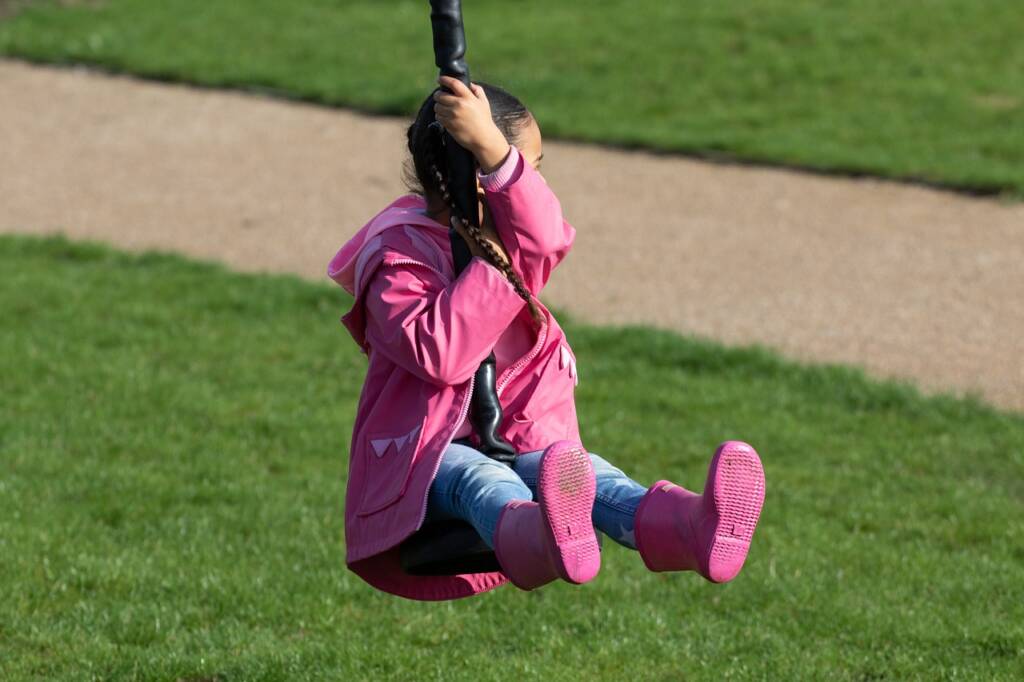Children with multiple disabilities and visual impairments face difficulties in accessing information and often have limited communication. These children are part of a general heterogeneous group, with visual impairment (blindness or low vision) being a common characteristic (Chen, 1997).
The intensity of one’s needs can have an impact on global development. As with all young children, the effective teaching and learning results for these children are based on skills development, appreciation of strengths, associations and concrete and social representations (Snell; Brown, 2011).
Reactions to Touch
Touch is a powerful vehicle for promoting interaction between people, objects and other beings. Children with multiple disabilities and visual impairments may react differently to touch. Some can be super responsive and others unresponsive to touch. These reactions to touch differ from tactile defensiveness. Therefore, it is essential to know the children and observe what they reject and what they like to play with. From there, it is possible to encourage them to touch objects and textures so that they can begin to identify and perceive differences between things through tactile experience.
The Need for Cognitive Closure
In addition, it is important to determine the beginning and end of activities, so that this is easily understood by children. Often these children need to have information to understand how and why things appear and disappear or to understand how and why things begin and end.
In this regard, Webster and Kruglanski (1994) draw attention to the need that we all have to obtain definitive knowledge regarding some problem or discomfort proven from ambiguous situations. Thus, the assessment calls the Need for Cognitive Closing the need for us to understand the beginning and end of situations or activities to avoid confusion or ambiguity (Webster; Kruglanski, 1994).
This need for cognitive closure brings up the question of how to use the benefits of cognitive closure during synchronous (live) classes, with children with multiple disabilities and and visual impairments.
Adding a Concrete Beginning and Ending to Remote Learning
While some activities have a built-in ending that is part of the activity (such as preparing a snack and then eating the snack), other activities need to have a way to signal when an activity begins and ends. One way to do this is by using a symbol to signal the start and finish of the activity. Ideally the symbol should have a direct connection to the activity, as it will be more meaningful to the child. It is also very important for the child to take the symbol out of the bag (or box) when beginning and to put it back in the bag or box when ending. This will help them to learn to associate the symbol with the activity.
To put into practice the theoretical essence of the need for cognitive closure, I asked families to invite children to choose an object and a bag. I explained that we would use this object and this bag to represent the beginning and end of our classes in a concrete way. I asked the families to help their children choose an object to represent our lessons. Each child chose a toy. One chose a toy plastic phone and another chose a plush blue elephant. At the beginning of class, the child removed the toy from the bag and, at the end of the class, placed the toy inside the bag.
Families and children enjoyed this activity very much. Our synchronous classes gained a concrete beginning and end. We start with the good morning music and I always ask the children how they are feeling.
Then, I ask each child to take the objects out of the bag to begin our activities. We talk about the news, and we review what happened in class on the previous day.
In this time of synchronous classes, the voice is the main link of interaction between the teacher and the children. That is why I usually associate verbal activities with body movements, in addition to the use of music, stories and make-believe games.
Examples of Bags and Objects
The images below show the bags and objects of the two students and the teacher.



When the class ends, I ask the students to put their objects back in the bag. I tell them that I am keeping my turtle in the bag because our class is ending. After we put our objects in the bags, we sing the “Bye-Bye” song and end the class.
References
Chen, D. (1997). Who are young children whose multiple disabilities include visual impairment? In: Chen, D.; Dot-Kwan, J. Starting Points: Instructional Practices for Young Children Whose Multiple Disabilities Include Visual Impairment. Los Angeles, CA: Blind Childrens Center, 1997.
Snell, M.; Brown, F. (editors). (2011). Instruction of students with severe disabilities. 7ª ed. Upper Saddle River, NJ: Merrill-Pearson, pp. 122–185.
Webster, D. M.; Kruglanski, A. W. (1994). Individual differences in need for cognitive closure. Journal of Personality and Social Psychology, v. 67, n. 6, p. 1049–1062.




